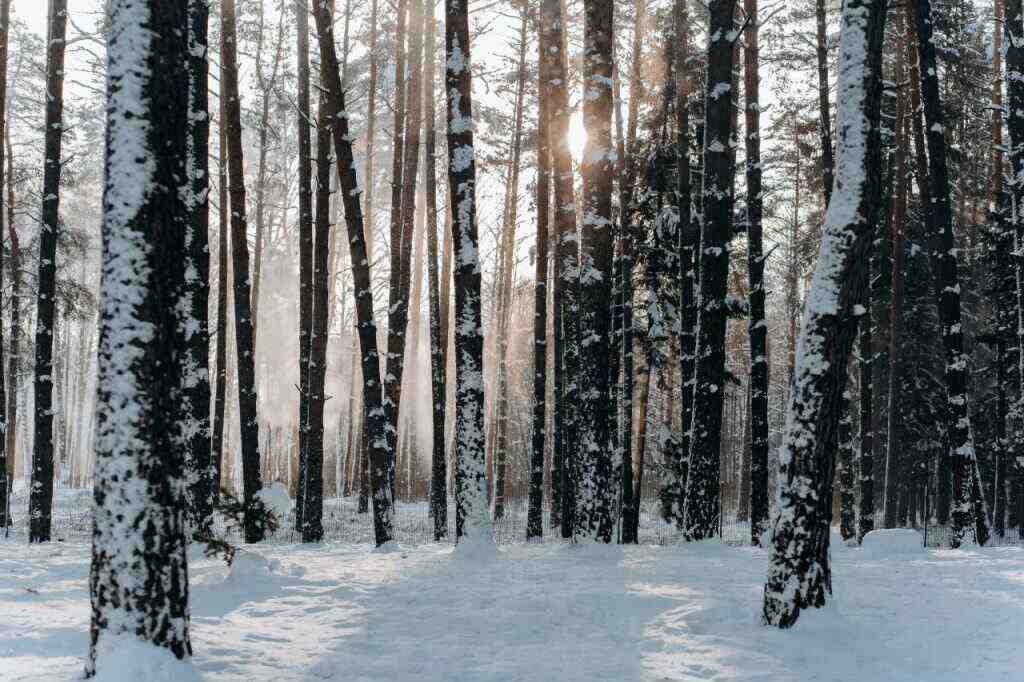Unveiling Snow Albedo: Delving into the Science Behind Snow’s Reflective Power
Introduction: The Allure of Snow’s Reflectivity
In the enchanting realm of meteorology, snow albedo emerges as a captivating phenomenon that profoundly shapes our winter landscapes and influences our perception of the frigid season. Albedo, a term derived from the Latin word “albus,” meaning “white,” quantifies a surface’s ability to reflect sunlight. This reflective property wields immense power in determining the temperature of a surface and its surrounding environment, bestowing upon snow a pivotal role in shaping our weather patterns and ecological dynamics. Join us as we embark on an enlightening journey to unravel the mysteries of snow albedo, exploring its impact on temperature, weather forecasting, and our sensory experiences in the wintry wonderland.
Understanding Albedo: A Measure of Reflectivity
Albedo, a dimensionless quantity, ranges from 0 to 1, where 0 represents perfect absorption and 1 signifies complete reflection. Freshly fallen snow, with its pristine and crystalline structure, boasts a remarkably high albedo, typically hovering between 0.8 and 0.9. This extraordinary reflectivity means that nearly 80% to 90% of the sunlight striking the snow’s surface is effortlessly bounced back into the atmosphere, preventing its absorption and minimizing the heating of the underlying ground. Conversely, old snow, which has undergone numerous freeze-thaw cycles and accumulated impurities, exhibits a lower albedo, closer to 0.4. This reduced reflectivity results in a greater absorption of sunlight, leading to warmer surface temperatures and potentially altering local weather patterns.
Snow Albedo’s Profound Impact on Temperature
The high albedo of fresh snow plays a crucial role in regulating surface temperatures. By reflecting a substantial portion of incoming solar radiation, snow effectively shields the ground from excessive heat absorption. Consequently, areas adorned with a pristine snowpack tend to experience noticeably cooler temperatures compared to those with less reflective surfaces, such as bare soil or vegetation. This phenomenon is particularly pronounced during the daytime, when the sun’s rays are most intense. The high albedo of snow effectively counteracts the warming effects of sunlight, maintaining cooler surface temperatures and creating a refreshing contrast to the surrounding environment.
Snow Albedo: A Key Player in Weather Forecasting
Snow albedo is an indispensable factor that meteorologists meticulously consider when crafting weather forecasts. The reflective properties of snow can significantly influence local weather patterns, making it a crucial element in predicting temperature fluctuations, precipitation patterns, and even the formation of weather systems. For instance, regions with extensive snow cover tend to experience colder overnight temperatures compared to areas with less snow. This is because the high albedo of snow reflects a large portion of the heat radiating from the Earth’s surface back into the atmosphere, resulting in lower surface temperatures. Conversely, areas with less snow cover experience warmer overnight temperatures as more heat is absorbed by the ground.
The Influence of Snow Albedo on Human Perception
The high albedo of snow also exerts a noticeable influence on human perception. When sunlight strikes a snow-covered landscape, a significant portion of it is reflected towards our eyes. This intense reflection, coupled with the lack of other colors and textures, can cause discomfort, leading to headaches and eye strain. To mitigate these effects, it is advisable to wear sunglasses or protective eyewear when venturing outdoors in snowy conditions. Additionally, the high albedo of snow can create the illusion of increased brightness, making it essential to adjust camera settings when capturing the beauty of snowy scenes.
Conclusion: Snow Albedo’s Enduring Impact
Snow albedo stands as a captivating and influential phenomenon that plays a pivotal role in shaping our winter weather and environment. Its ability to reflect sunlight has far-reaching consequences, influencing surface temperatures, weather patterns, and even human perception. As we continue to unravel the complexities of snow albedo, we gain a deeper appreciation for the intricate interplay between light, surfaces, and temperature that governs our planet’s meteorological processes. Snow albedo serves as a testament to the interconnectedness of our natural world, highlighting the delicate balance between solar radiation, surface characteristics, and the resulting weather patterns that shape our daily lives.
